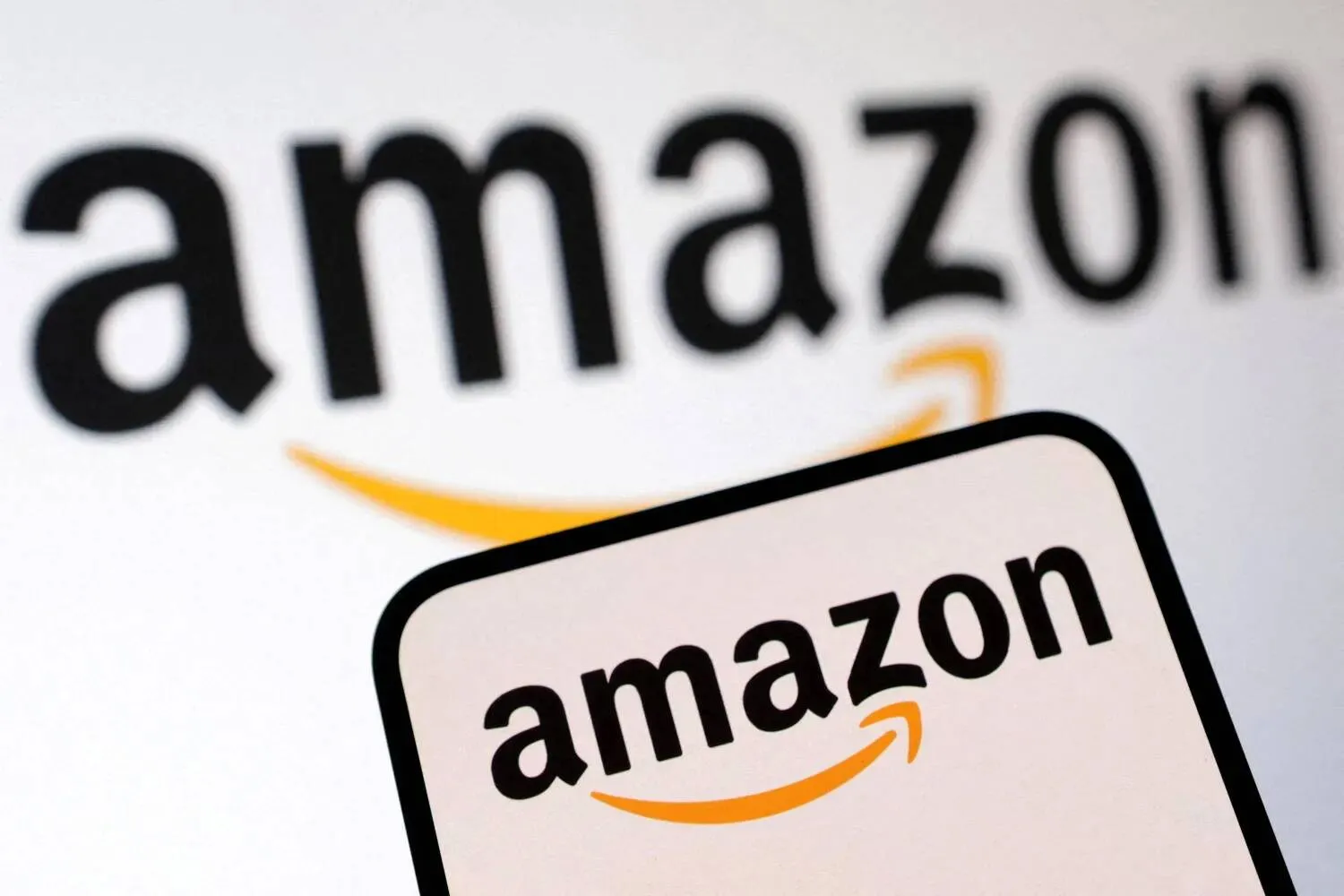People cannot distinguish between a face generated by Artificial Intelligence – using StyleGAN2- and a real face, according to a study published in the journal Proceedings of The National Academy of Science.
Dr. Sophie Nightingale from Lancaster University and Professor Hany Farid from the University of California conducted experiments in which participants were asked to distinguish state of the art StyleGAN2 synthesized faces from real faces and what level of trust the faces evoked.
The results revealed that synthetically generated faces are not only highly photo realistic, but nearly indistinguishable from real faces and are even judged to be more trustworthy. The researchers warn of the implications of people’s inability to identify AI-generated images.
In the first experiment, 315 participants classified 128 faces taken from a set of 800 as either real or synthesized. Their accuracy rate was 48 percent.
In a second experiment, 219 new participants were trained and given feedback on how to classify faces. They classified 128 faces taken from the same set of 800 faces as in the first experiment – but despite their training, the accuracy rate only improved to 59 percent. The researchers decided to find out if perceptions of trustworthiness could help people identify artificial images.
A third study asked 223 participants to rate the trustworthiness of 128 faces taken the same set of 800 faces on a scale of 1 (very untrustworthy) to 7 (very trustworthy).
The average rating for synthetic faces was 7.7 percent more trustworthy than the average rating for real faces which is statistically significant.
“Perhaps most interestingly, we find that synthetically-generated faces are more trustworthy than real faces,” said Nightingale in a report.
To protect the public from “deep fakes”, Nightingale proposed guidelines for the creation and distribution of synthesized images. Safeguards could include, for example, incorporating robust watermarks into the image- and video-synthesis networks that would provide a downstream mechanism for reliable identification.









